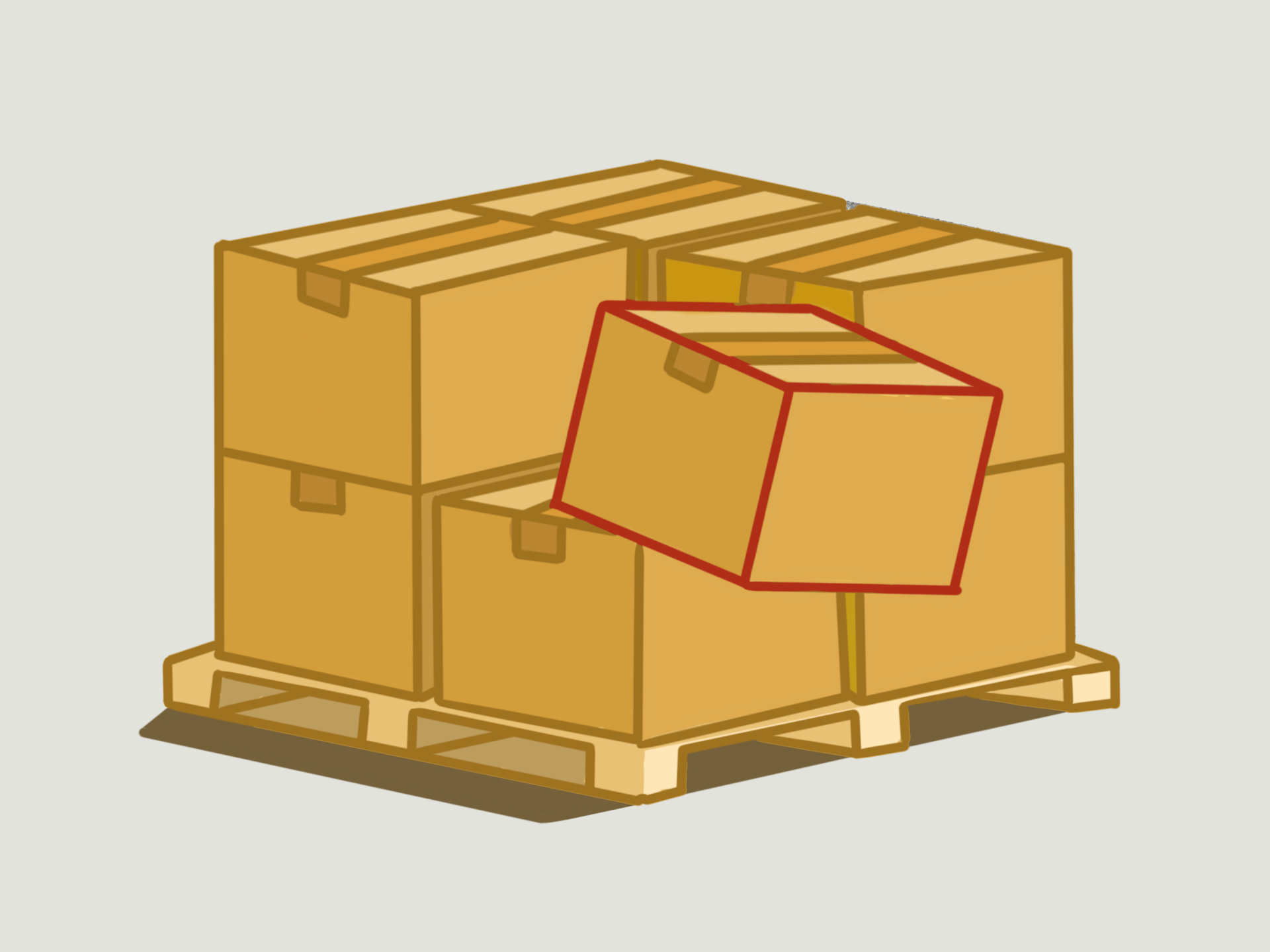How to Reduce Damaged Shipments in Cambodia
In the growing landscape of Cambodian trade and logistics, damaged shipments remain a costly issue for businesses and supply chain operators. Whether it’s broken electronics, spoiled food, or torn apparel, product damage not only results in financial loss but also tarnishes brand reputation. As Cambodia becomes an increasingly important player in regional supply chains—especially through hubs like Phnom Penh, Sihanoukville, and Poipet—businesses must proactively address damage risks at every step.
In this blog, we explore the common causes of damaged shipments in Cambodia, and more importantly, how to reduce them using best practices, local expertise, technology, and third-party agent support.
1. Understand Common Causes of Shipment Damage in Cambodia
Before implementing solutions, companies must first understand the root causes:
-
Poor road conditions: While Cambodia’s infrastructure is improving, many rural and inter-provincial routes remain bumpy and unpaved, leading to jostling during transportation.
-
Lack of proper packaging standards: Many local exporters and manufacturers use low-cost or insufficient packaging, especially for exports bound for ASEAN or China.
-
Humidity and heat exposure: Cambodia’s tropical climate makes goods—especially electronics, textiles, and food—vulnerable to moisture damage.
-
Untrained labor: Improper loading, stacking, or palletizing by undertrained staff increases the likelihood of crushing and tearing.
-
Insufficient labeling or customs documentation: Mislabeled or unlabeled cargo can be mishandled, especially in large-volume ports like Sihanoukville Autonomous Port, leading to wrong container placements or inappropriate handling equipment.
2. Invest in Smarter Packaging and Palletizing Techniques
Packaging plays a pivotal role in preventing damage. Importers and exporters should:
-
Use multi-layer protective materials like bubble wrap, foam inserts, and humidity-resistant packaging.
-
Shrink-wrap pallets to secure cargo and prevent sliding or toppling.
-
Use corner protectors and edge boards to protect fragile items from vertical compression.
-
Opt for heat-sealed bags or vacuum packaging for perishable goods.
-
Partner with local logistics agents in Cambodia who understand regional challenges and can recommend packaging tailored to your product type. Learn more from Cambodia-Agent.com.
3. Work With Professional Logistics Agents in Cambodia
Third-party agents play a crucial role in protecting your shipment. These experts:
-
Conduct on-ground quality checks before goods are loaded for export.
-
Offer vendor inspection services to ensure packaging matches international standards.
-
Provide localized risk assessments based on origin, transport route, and product type.
-
Assist with insurance and claim procedures in case of damage.
For businesses new to the Cambodian market, relying on agents like Cambodia-Agent.com is an efficient way to minimize shipment issues.
4. Adopt Real-Time Shipment Tracking and Monitoring
Technology is your ally when preventing damage:
-
Use GPS trackers to monitor vehicle speed, route adherence, and stops.
-
Integrate temperature and humidity sensors within containers—especially for pharmaceuticals, perishables, and textiles.
-
Adopt IoT-based monitoring platforms that alert your team if containers are opened unexpectedly or exceed vibration thresholds.
-
Partner with carriers that provide digital tracking capabilities at Cambodia’s ports or inland freight hubs.
Companies like DHL Cambodia and DB Schenker already offer these value-added services for Cambodian routes.
5. Train Your Staff and Logistics Partners
Knowledgeable teams make fewer costly mistakes. Ensure your Cambodian warehouse workers, drivers, and shipping partners receive proper training:
-
Loading and stacking techniques for fragile or irregularly shaped goods.
-
Usage of forklifts, cranes, or loading docks.
-
Customs compliance and labeling protocols.
-
Handling instructions for high-value or hazardous cargo.
Associations like the Cambodia Logistics Association (CLA) offer training programs on modern logistics practices and safety protocols.
6. Use Sealed, Certified Containers
One of the simplest yet most effective strategies is to ship goods in ISO-certified containers that are sealed after inspection. This:
-
Prevents tampering and theft.
-
Reduces exposure to rain or dust at open ports like Phnom Penh Autonomous Port or border crossings at Bavet.
-
Supports traceability in case of insurance claims.
Ensure containers are inspected for structural integrity and cleanliness before loading.
7. Collaborate with Reliable Freight Forwarders
Your choice of freight forwarder impacts the risk level. Top-tier forwarders offer:
-
Secure warehousing and last-mile delivery support.
-
Route optimization for quicker delivery and fewer handling stages.
-
Coordination with customs to reduce dwell time, minimizing storage damage.
Working with firms experienced in the Cambodia-Thailand or Cambodia-Vietnam corridor can reduce complexity and errors.
8. Leverage Insurance Smartly
Damage can still occur despite precautions, so insurance is a final safety net:
-
Opt for comprehensive cargo insurance instead of basic coverage.
-
Work with agents who can expedite claim processes in Cambodia, which are often delayed due to documentation gaps.
-
Make sure your Incoterms® define responsibilities clearly, especially if goods change hands across borders.
Cambodia’s insurance sector has grown rapidly in recent years, offering more tailored logistics insurance options. Explore providers registered under the Insurance Regulator of Cambodia via irc.gov.kh.
Conclusion
Reducing damaged shipments in Cambodia requires a multi-pronged strategy that includes smart packaging, real-time monitoring, staff training, insurance, and professional agent support. As Cambodia strengthens its role in ASEAN and Belt and Road trade routes, businesses must modernize their logistics approach to protect product integrity and customer satisfaction.
By collaborating with experienced Cambodian logistics agents, investing in monitoring technologies, and upskilling local teams, companies can achieve a safer and more efficient supply chain.
Explore more logistics solutions tailored for Cambodia at www.cambodia-agent.com
